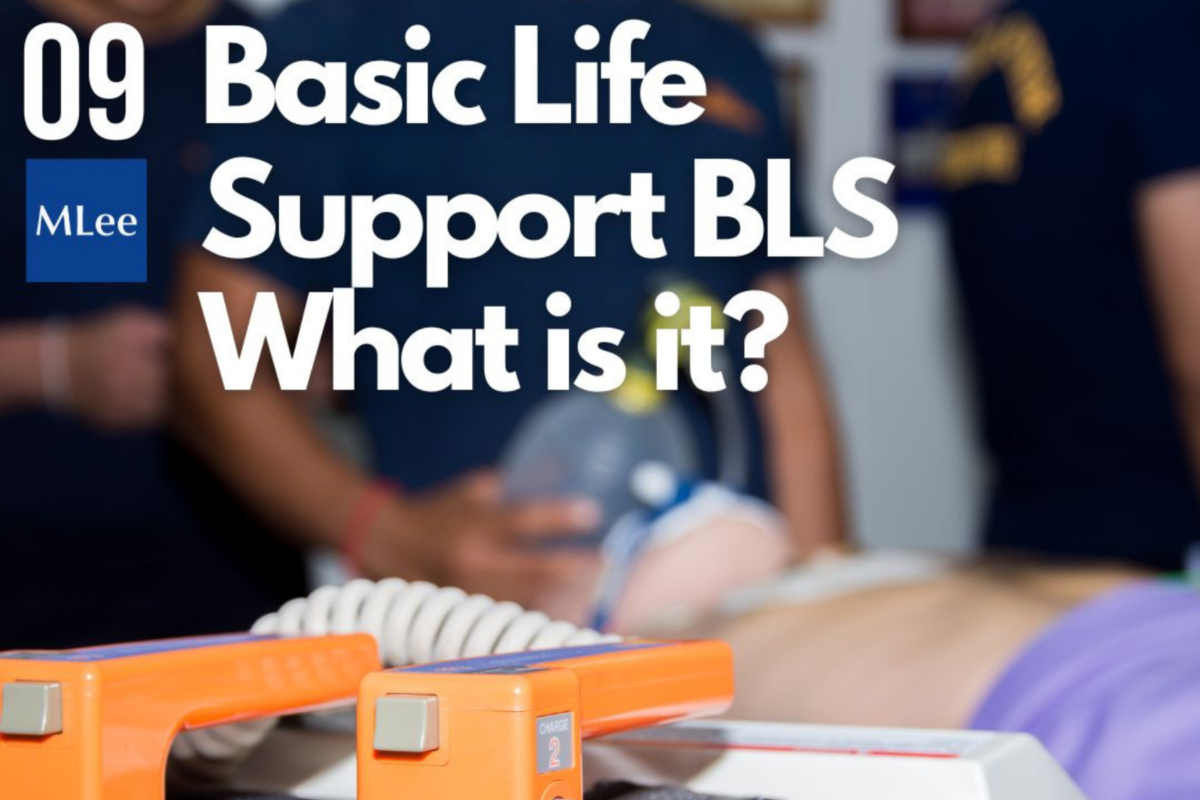Are you a healthcare traveler in search of a dream assignment in a tropical paradise? Look no further! The United States offers a


Basic life support (BLS) is a form of care designed to keep someone alive while they’re experiencing certain types of acute medical emergencies. Common examples of situations requiring BLS include cases of cardiac arrest, choking, near drowning, or other types of respiratory distress. When performed correctly, BLS can protect the functioning of a person’s vital organs until more advanced medical care arrives.
Virtually all healthcare professionals, as well as professionals who deal with the very young and elderly, are required to obtain some form of BLS certification before they’re permitted to work. Police officers, firefighters, and other professionals with some caring expectations are also expected to acquire BLS certification. Most hospitals and medical settings require certification from the American Red Cross. Red Cross BLS certification is carefully developed by a panel of medical and academic experts to ensure it exceeds all state and local standards.
What do BLS classes involve?
To receive BLS certification, you’ll need to attend a short course and pass a series of tests to confirm you’re competent in BLS procedures. While there are several online providers on the market, the American Heart Association (AHA) does not fully endorse online courses. Fortunately, many classroom-based courses are running throughout the year across much of the country. You can also opt to take blended learning courses that incorporate a few online classes.
After enrolling on a course, you can expect to learn the life-saving techniques you need to know for your chosen career. As well as receiving written lecture materials, you’ll participate in practice scenarios that improve your ability to check whether someone is breathing and determine whether you need to perform resuscitation techniques.
Relevant techniques you’ll learn include:
Most BLS classes include the use of a dummy to stand in for a real-life patient during demonstrations. Students are required to practice resuscitation techniques on the dummy to demonstrate their knowledge of basic BLS motions. They are typically required to take an exam to verify what they have learned, including how to recognize the signs of a person in medical distress and determine what sort of assistance they require.
Why is BLS training so crucial?
BLS training saves lives every year. Medical emergencies can happen suddenly in any setting, meaning people experiencing cardiac problems often don’t have immediate access to advanced medical equipment. If the person isn’t breathing, they’re likely to die within a matter of minutes. BLS can help maintain blood circulation through the person’s body, ensuring their vital organs keep working until further medical assistance arrives.
Are there different types of BLS courses?
Yes. For example, the AHA offers two different options for participants, including a pathway for trained healthcare professionals and a pathway for general participants and other personnel. Some providers offer single-day courses to teach the general public how to deliver life-saving care with little to no medical training. While these courses play a vital role in improving people’s ability to respond to dangerous situations, they’re typically less rigorous than the comprehensive BLS courses targeted at medical professionals.
How often do you need to renew your BLS certification?
BLS certification is valid for two years, after which you’ll need to renew your qualification. Fortunately, you won’t have to retake an entire BLS class again. There are many BLS recertification courses available to those within 30 days of their most recent expiration. These classes are typically much shorter and require less extensive tests. However, you’ll need to complete the standard BLS course again if your certification expired over 30 days ago.
How can you access your BLS certification?
Providers such as American Red Cross have introduced a quick and easy certification process. After completing your course, you can obtain a digital certificate accessible at any time using any device. Plus, you can print and download your certificate whenever necessary. Every certificate features a unique QR code and ID number that employers can use for their records.
Ready to get certified? Find a class today!
Enrolling in a BLS class is quick and fuss-free. The American Red Cross offers a handy search function that allows you to find a wide range of BLS classes across all cities and ZIP codes. As a healthcare professional, you are responsible for equipping yourself with the knowledge and qualifications you need to react to emergency situations and save lives.